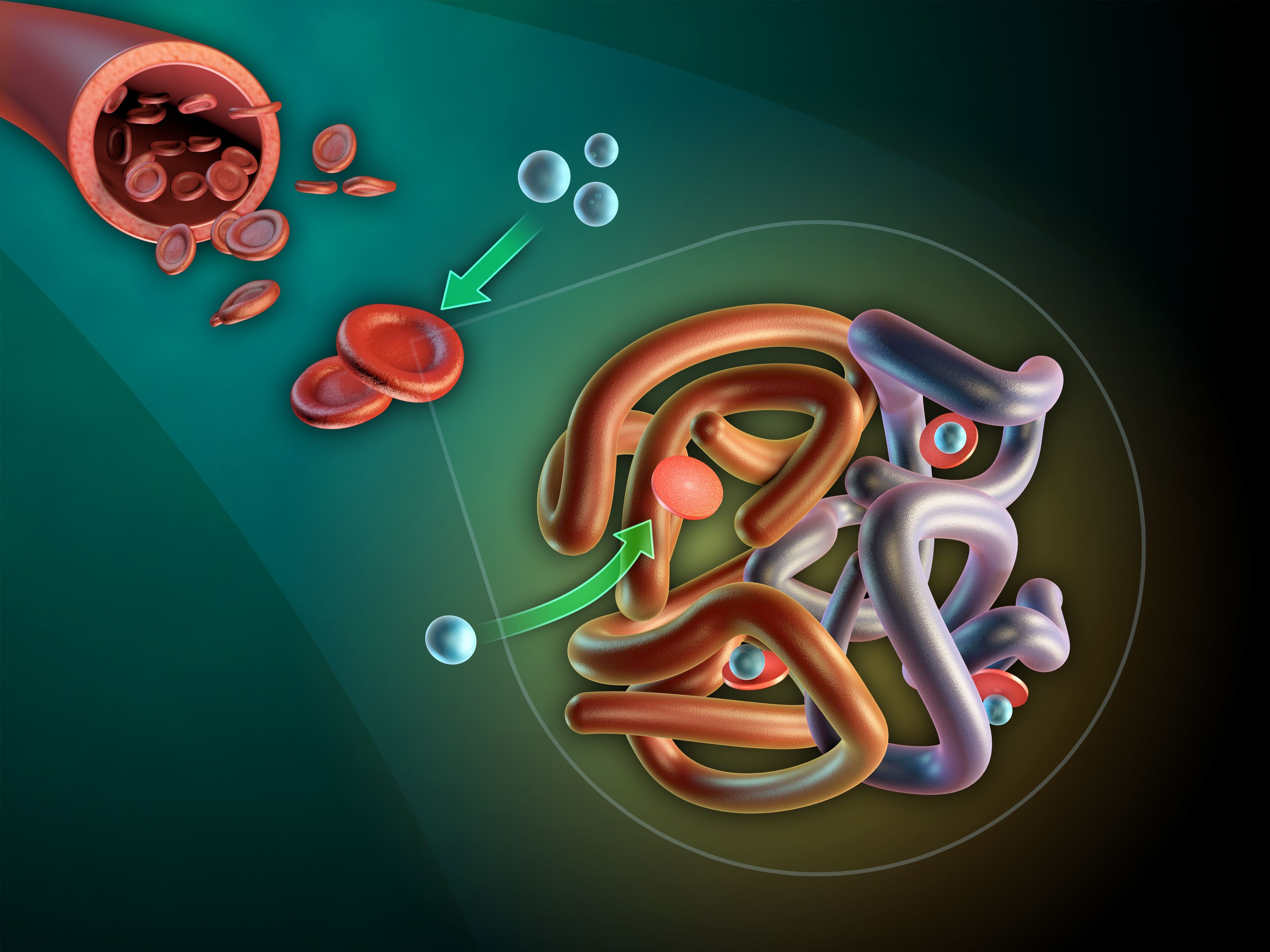Article
Top 5 Most-Viewed EoE Content of 2022
Author(s):
The most-viewed eosinophilic esophagitis (EoE) content of the year covered new developments in treatment options for EoE, the prevalence of EoE in the allergic disease population, and the impact of EoE on a child’s well-being.
The top 5 most-viewed content on eosinophilic esophagitis (EoE) in 2022 explored the positive impact of a new drug, the effects of EoE on the life of a child, and how those with allergic disease might have a higher occurrence of EoE.
Here is the most viewed EoE content of 2022.
5. Patients With Asthma, Other Allergic Diseases May Have Higher Prevalence of EoE
A study conducted found that patients with allergic disease also experience solid food dysphagia, food impaction, and other gastrointestinal problems mirroring symptoms of EoE. General population prevalence of EoE is predicted to be 0.5%, but among their patients with allergic disease, researchers found that the prevalence reached as high as 16.5%. It was recommended that further questions regarding solid food dysphagia and food impaction would be beneficial to ask patients receiving treatment for allergic disease, and researchers note that more study is needed to estimate an accurate prevalence of EoE in people with allergic disease due to a small sample size.
4. FDA Approves Dupilumab as First Therapy for Eosinophilic Esophagitis
The first therapy specifically for EoE, dupilumab, was approved by the FDA for adults and children 12 years and older. Tests of safety and efficacy were conducted over a 2-part randomized, double-blind, parallel-group, multicenter, placebo-controlled trial. In part A of the trial, 60% of the 42 patients who were given dupilumab reached the predefined level of decreased eosinophils in the esophagus, and 59% of 80 patients reached the predefined level of decreased eosinophils in part B.
3. EoE Affects Many Aspects of a Child’s Quality of Life, Advocate Says
Colette Romero, social worker and mother to a child with EoE, talked about the physical, social, and psychological impacts of her son’s EoE. She described how his anemia negatively affects his energy level, the anxiety that was present for him and his family upon receiving necessary hospital procedures such as upper endoscopies, and the social difficulties of feeling different from peers and not being able to fully participate in social activities that involve food due to his illness. She also talked about programs that have been helpful such as an inpatient feeding program that allowed her son to avoid receiving a feeding tube.
2. Second Phase 3 Trial Shows Dupilumab Improves EoE in Patients 12 and Older
Presenters at the American Academy of Allergy, Asthma, and Immunology meeting reported that outcomes from a second phase 3 trial of dupilumab for EoE showed that adults and adolescents receiving weekly dupilumab treatments had significant symptom improvement and some even reached remission. These outcomes were the results of the second part of a phase 3 trial comparing 200-mg weekly dupilumab with a placebo at 24 weeks. Of 79 patients, histological disease remission was reached by 58.8% on dupilumab.
1. EoE Advocate Colette Romero on Need for More Physician Education About Eosinophilic Disorders
More education about eosinophilic gastrointestinal disorders is needed for primary care providers (PCPs), said Colette Romero, the mother of a child with EoE. She said that EoE symptoms can be missed or misdiagnosed, and that a provider prescribing an invasive biopsy for a child is ultimately necessary to get the correct diagnosis so that the child can feel better. Due to the new developments in treatment options, Romero thinks that it’s an important time to for PCPs to gain up-to-date information.





